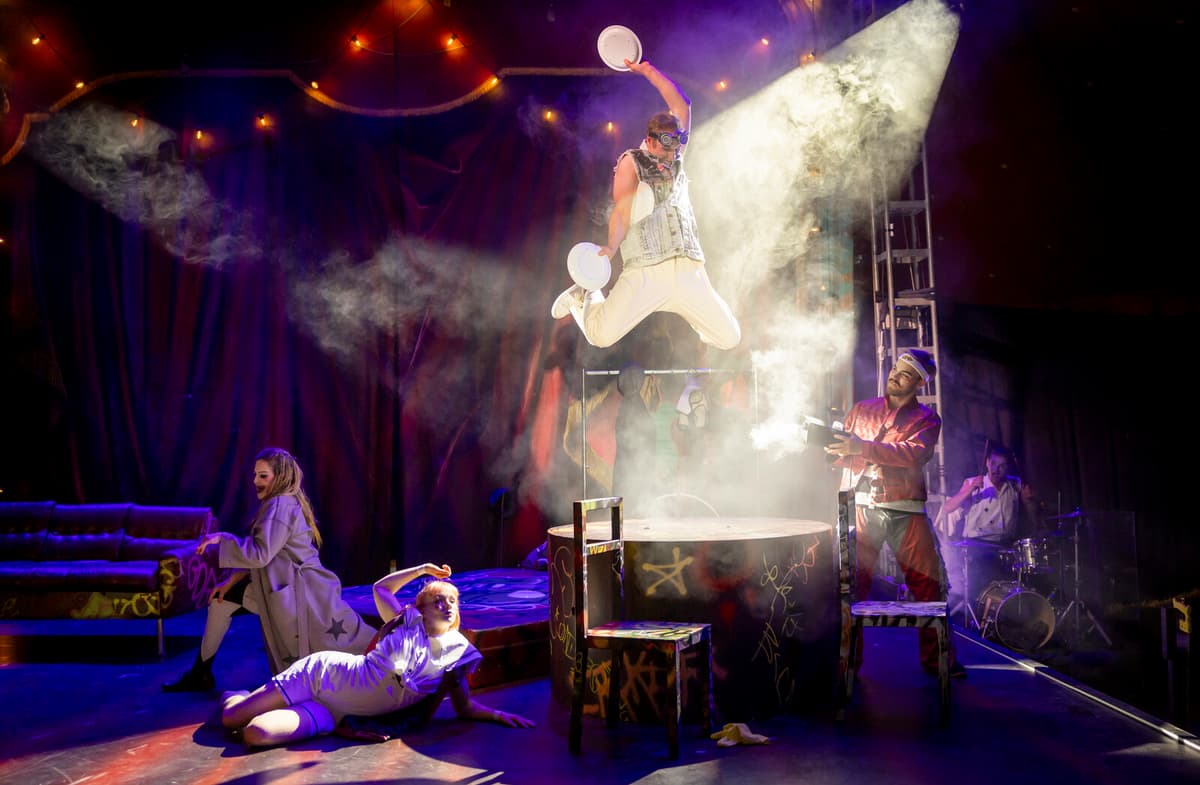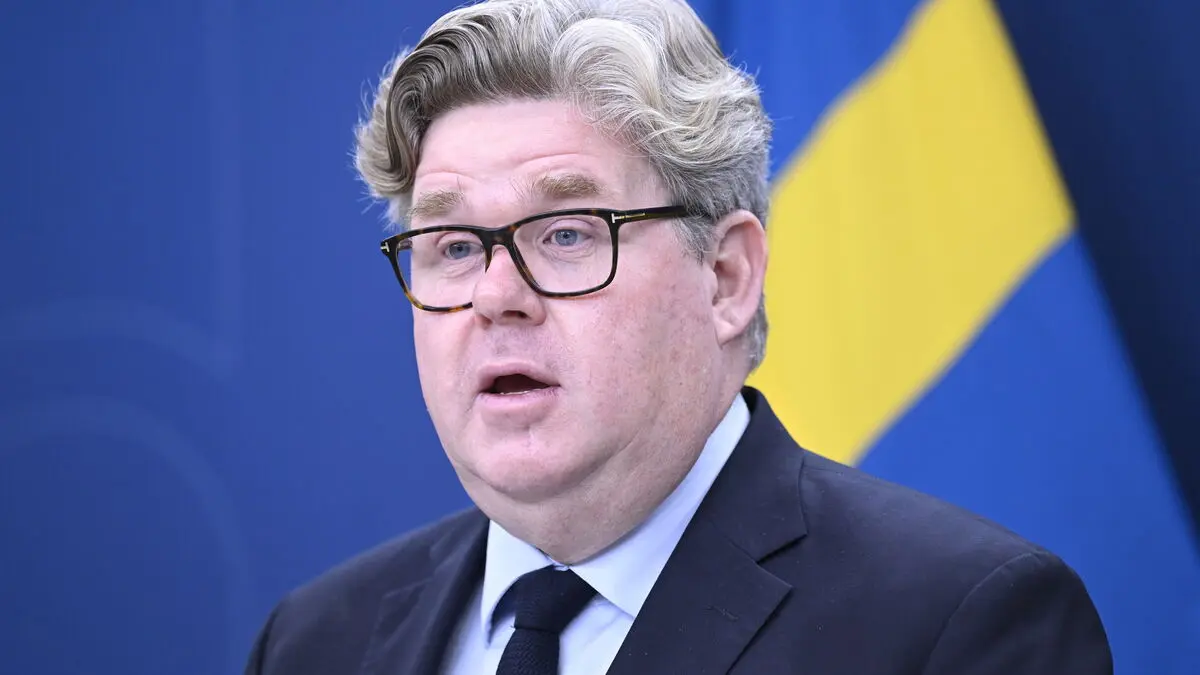Why have people done quite unnecessary things for centuries or millennia, such as standing on their hands, juggling or swallowing swords? That is the big basic question, says the director of the performance Filip Alexanderson.
"The extraordinary history of circus" is carried out in collaboration with Uppsala City Theatre, which also provides the tent, and the performance is described as a "playful history search" with a starting point in the punk-like new circus of the 90s. It also looks back on the traditional circus of the 70s and the large American circuses in the late 19th century with Wild West legends like Buffalo Bill and Annie Oakley. Furthermore, the birth of modern circus is depicted in the late 18th century in the USA, back to the Roman Empire and finally to the Stone Age.
I think curiosity is what drives humanity forward. Here it's about a kind of physical curiosity. What are the limitations? What can I do that no one else has done? It's fascinating that people have been doing this for so long. There are rock carvings with people doing backflips, says Filip Alexanderson.
Circus with "30-year crisis"
What was called "new circus" in the 90s changed the art form with a focus on acrobatics and dance instead of animals and clowns, and is today known as modern circus.
We jokingly talk about them having a 30-year crisis, says Filip Alexanderson and describes that the circus today is in a searching period.
This means, among other things, that Cirkus Cirkör is investing more in sustainability and social responsibility, such as offering free tickets and trying to minimize emissions during tours.
The Circus' Sex Pistols
Another aspect is to mix in theater and opera, which has built up a new audience. Other companies have caught on to a kind of retro trend where they travel around with large tents.
It's a pretty big demand that it should be innovative all the time, says Jesper Nikolajeff, who has been part of Cirkus Cirkör since 2000. He is a director, circus technical designer and circus artist - specialized as a knife thrower and chainsaw juggler.
Cirkus Cirkör started as a non-profit association in 1995, inspired by companies like the French Cirque Archaos. According to Jesper Nikolajeff, they were "for the circus what Sex Pistols were for music".
Today, Cirkus Cirkör is a national institution. Yet they have no stage with a fixed repertoire.
Many have questioned it, but I think it has created our strength as well. It makes us always search. A circus that stands still, it just costs money, says Jesper Nikolajeff.
Founded in 1995 by Tilde Björfors and her group after the breakthrough with "Skapelsen" at Stockholm's Water Festival. The name is a play on words with the French words for circus and heart.
Was groundbreaking in new circus in Sweden by mixing circus with theater, dance, art, and music. Moved to Botkyrka in 2000, where they opened Cirkörhuset in Alby and started Sweden's first high school program for circus artists.
International successes came, among other things, with the performance "Supercirkör" in 1998, which made them a global player in contemporary circus.
Became a national institution in 2005, when Cirkör's education was integrated into the university and Tilde Björfors was appointed the country's first professor of circus art. Björfors stopped as CEO at the turn of the year 2023/2024.
Combines performing arts and pedagogy by running courses, training, and social projects for both young and adult people.





